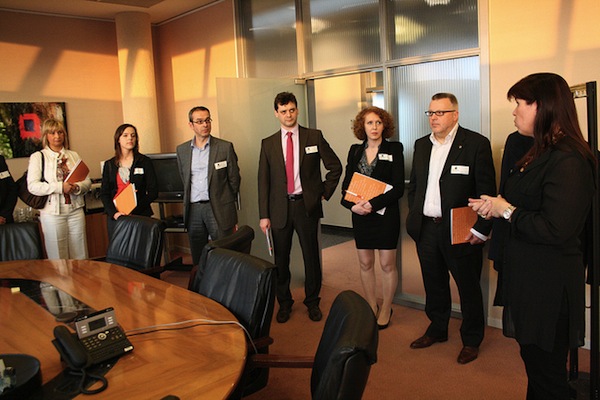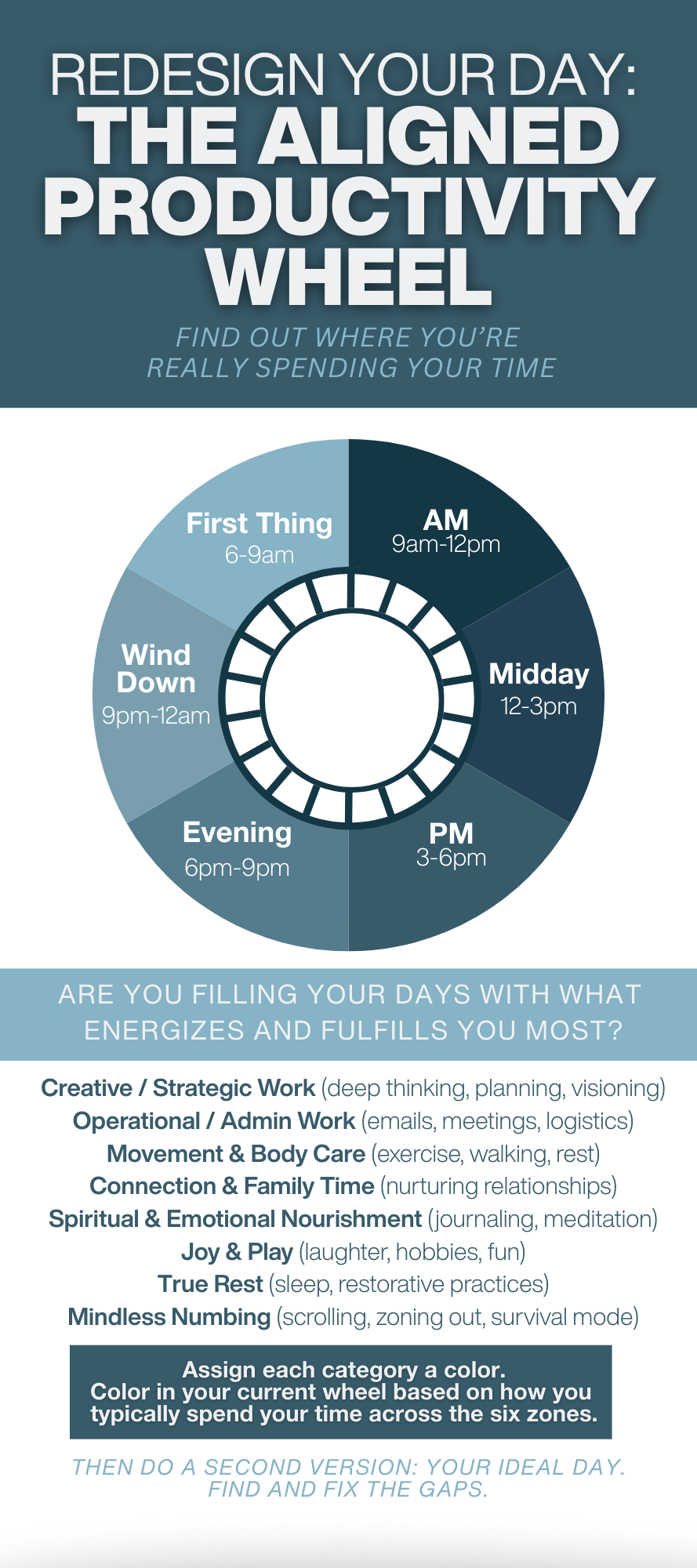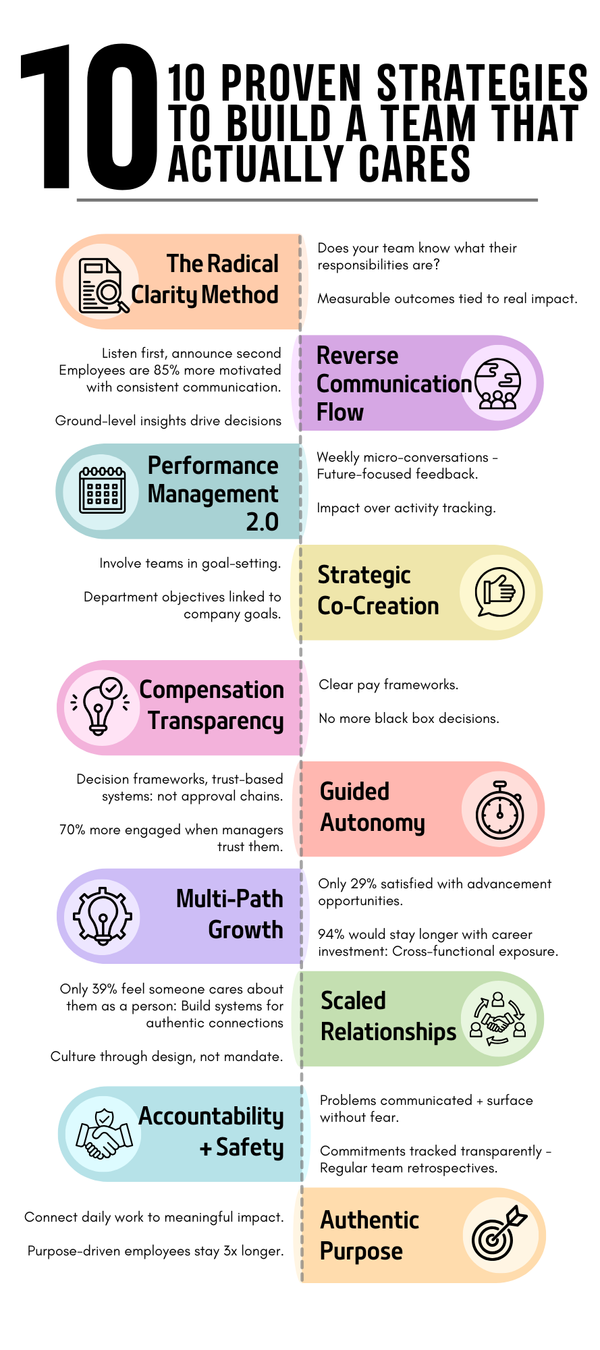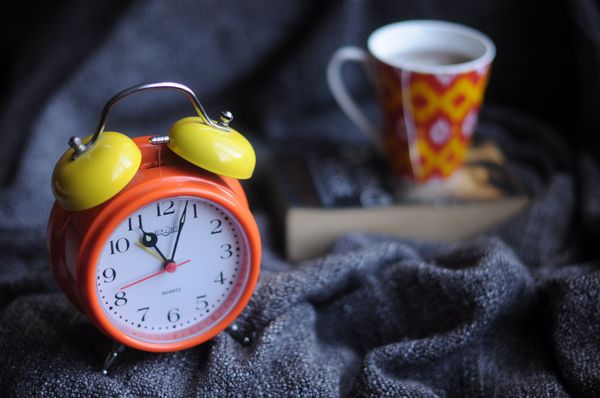
Looking for the latest anti-ageing technique? All you have to do is spend less time sitting. A recent study published in the British Medical Journal found that standing helps to protect your DNA from ageing. Sitting down shortens telomeres, which are protective caps at the end of chromosomes. These shortened telomeres can lead to premature ageing, disease and early death.
Interestingly enough, researchers found that simply standing does the trick and exercise did not impact the length of telomeres.
"In many countries formal exercise may be increasing, but at the same time people spend more time sitting," said Professor Mai-Lis Hellenius of Karolinska University Hospital in Stockholm. "There is growing concern that not only low physical activity but probably also sitting and sedentary behaviour is an important and new health hazard of our time. "We hypothesize that a reduction in sitting hours is of greater importance than an increase in exercise time for elderly risk individuals."
Telomeres help protect chromosomes from fraying or scrambling genetic code, not unlike the plastic tip at the end of shoelaces, as scientists put it. They add that lifespan can be linked to telomere length.
Moral of the story is that most of us need to spend more timing standing rather than sitting. This, however, can be a tall order since most of us are required to spend eight (or more) hours sitting at a desk. However, there are some alternatives that can get you standing for longer periods of time, even at work.

1. Use a Standing or Treadmill Desk
Standing and treadmill desks have increased in popularity in the last few years, providing office workers with a healthier option to sitting all day. Not only will this have a positive impact on your health, it will also help your productivity. A study from earlier this year found that treadmill desks boosted work performance by up to 80 percent.
2. Try Walking Meetings
Rather than sitting around a boardroom, take your next meeting outdoors. If the meeting involves just a few people, get a change of scenery and get your blood flowing. The combination of the fresh air, the change in environment and the physical activity will have meeting attendees thinking more creatively. And, as Nilofer Merchant points out on Wired, you don't really need to be taking notes during meetings.
3. Take Frequent Breaks
Minibreaks are a great way to give your brain and body a tiny reset before moving on to the next task. Every time you take one of these breaks, stand up, walk around your office and stretch. Those creaks in your neck will start to fade and you'll find that you're much more prepared to move from task-to-task.










Member discussion